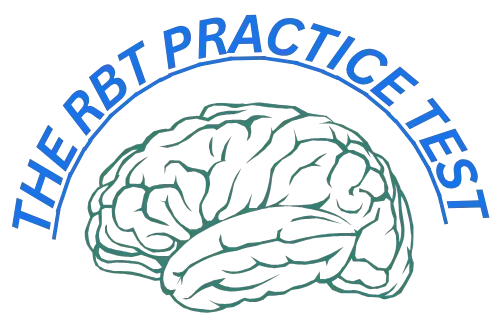Intermediate RBT Practice Test: 35 Questions for Your Next Step
If you’ve already tried our Beginner RBT Practice Test with 25 Questions and feel ready to move forward, this Intermediate RBT Practice Test is designed just for you. With 35 multiple-choice questions, it gives you the perfect balance of challenge and practice to strengthen your skills before tackling full-length exams.
Why Try the Intermediate RBT Practice Test?
This level is ideal if:
- You already know the basics of RBT concepts.
- You want more practice beyond beginner-level questions.
- You’re preparing step by step for the real RBT exam.
By working through these intermediate RBT exam questions, you’ll gain confidence, identify areas you need to study, and prepare yourself for advanced practice tests.
If you’re still unsure about some of the basics, check out our Beginner RBT Practice Test or review the RBT Study Guide for a quick refresh. Once you’re done here, you can challenge yourself with the Advanced RBT Mock Exam to prepare for the real test
Think of it as your bridge between basic RBT practice questions and the Full 75-question RBT certification test.
About This 35-Question Test
- Format: Multiple-choice questions, just like the real RBT exam.
- Level: Intermediate – slightly harder than beginner but not as tough as expert level.
- Answers: Each question includes explanations so you can learn as you go.
This Intermediate RBT Mock Exam is a great way to challenge yourself while keeping the test length manageable.
How to Use This Practice Test
Here are a few tips to get the most out of your practice:
- Take the test in a quiet space, free of distractions.
- Set a timer to simulate exam conditions.
- Review every answer, especially the ones you miss.
- Retake the test after a few days to check improvement.
Remember, this is about progress — not perfection.
Who Should Take the Intermediate RBT Practice Test?
This test is for you if:
- You’ve passed the beginner test but aren’t ready for full-length exams yet.
- You want to test your skills with more challenging RBT practice questions.
- You’re aiming to gradually build up to advanced-level RBT exam practice.
Next Steps After the Intermediate Test
- If this was challenging, you can review our Beginner RBT Practice Test (25 Questions) again.
- If you’re ready for more, try the Expert RBT Practice Test (50 Questions) for an advanced challenge.
- Or take the complete Free RBT Practice Test – 75 Questions to simulate the real exam.
- You can try Full Mock Exam of RBT(85 Questions)
Frequently Asked Questions
How many questions are on this Intermediate RBT Practice Test?
This test has 35 questions, carefully designed to match the style and difficulty of real RBT exam questions.
Is this test harder than the beginner one?
Yes, it includes slightly more complex scenarios and applied questions compared to the beginner version.
Can this test replace the real RBT exam?
No — this is a practice tool to help you study. The official RBT exam is taken through Pearson VUE with 75 scored questions.
What should I do after this test?
You can move on to our Expert RBT Practice Test (50 Questions) or the Full RBT Practice Test – 75 Questions to prepare for certification.
Start Your Intermediate RBT Practice Test Today
Ready to challenge yourself? Start this Intermediate RBT Practice Test and answer 35 questions that will help you grow your knowledge, sharpen your exam skills, and boost your confidence.
Don’t forget:
- Beginners → 25 Question RBT Practice Test
- Advanced learners → 50 Question Expert RBT Practice Test
- Everyone preparing → Free RBT Practice Test – 75 Questions
Good luck — you’ve got this!
